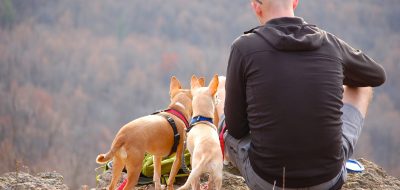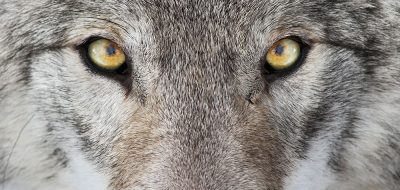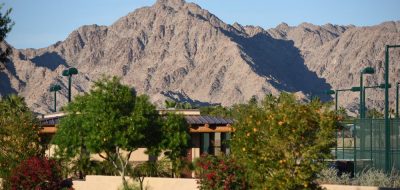“For every dead animal counted, three or four more die unnoticed. Even at 55 m.p.h., we smell the remains of far more dead skunks than we see. The walking wounded die far from the road, so only instantly killed animals are seen and get counted.”
For those of us who call ourselves wildlife watchers these numbers are appalling. They are the result of many factors, such as more highways being built–many of these highways cutting off wildlife migration routes and breeding grounds, urban and suburban populations expanding into wildlife habitat, lack of fencing keeping wildlife off busy highways, and reduction of wildlife habitat forcing populations to seek additional space away from protected areas. Unfortunately, the protection of wildlife is often derided as the agenda of tree-hugger environmentalists.
But kudos have to go out to the Wyoming Department of Transportation (WDOT) for tackling a problem where pronghorn antelope migrate 170 miles from Grand Teton National Park south to their winter range, and especially in the bottleneck known as Trappers’ Point six miles west of Pinedale where two rivers, a sub-division, and the main highway connecting I-80 to Jackson Hole force the antelope through a narrow hourglass constriction where they must cross the highway to continue.”Drive past Trappers’ Point in the spring or fall, and you’re likely to see a broken-backed pronghorn carcass in the right-of-way.” writes Emilene Ostlind in The Cleanest Line, the blog of the outdoor clothing company Patagonia.
“Mule deer, who more readily leap over the barbed wire fences on either side of the road, are even more vulnerable, their bodies strewn along a 12-mile section of highway from here west and north. An average of 140 animals a year meet their end on this stretch of road.”
The WDOT attempted to obtain federal funding for a project to reduce this highway slaughter and was turned down. But instead of passing on the project, they stepped up and wrote a $9.7 million check from their own budget to build the Trappers’ Point overpass (including a second overpass, six wildlife underpasses, and additional fencing on both sides of the 12-mile restricted corridor).
This has stopped the antelope from crossing the highway enabling a safe migration, but it has also removed the danger especially of truckers and RVers driving big rigs that do not have the stopping and maneuvering abilities to avoid road-crossing animals that far to often cause wrecks, damaging rigs, and causing injury or possibly death. The WDOT estimates “the savings to the state and drivers from avoiding vehicle damage while saving the lives of deer, antelope, and other species will pay for the project in a dozen years.”
This kind of forward thinking should be applauded by RVers, outdoor enthusiasts, and road warriors of all stripes and passed on to politicians who do not seem to embrace such projects unless it can be tied to political posturing or vote getting.
Braunstein concludes with the warning, “With dwindling and damaged habitat, animals are losing ground in humanity’s broader war against wildlife. In time, the rate of roadkill will decline, not from lack of cars or roads, but from lack of wildlife.”
Take a look at my RVing articles and tips on my Healthy RV Lifestyle website, where you will also find my ebooks: BOONDOCKING: Finding the Perfect Campsite on America’s Public Lands (PDF or Kindle), 111 Ways to Get the Biggest Bang for your RV Lifestyle Buck (PDF or Kindle), and Snowbird Guide to Boondocking in the Southwestern Deserts (PDF or Kindle), and The RV Lifestyle: Reflections of Life on the Road (PDF or Kindle reader version). NOTE: Use the Kindle version to read on iPad and iPhone or any device that has the free Kindle reader app.
By Bob Difley





